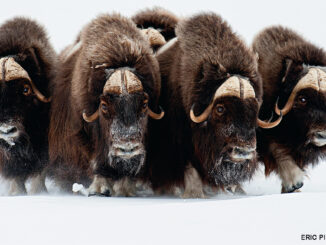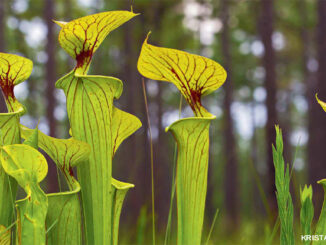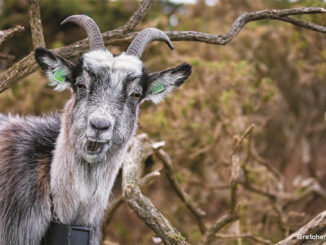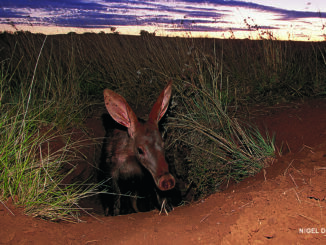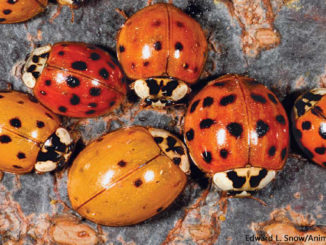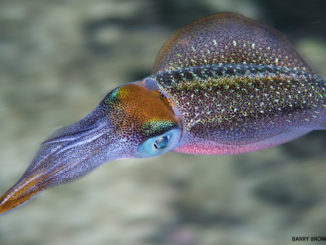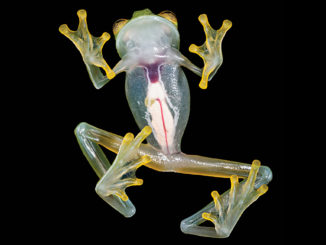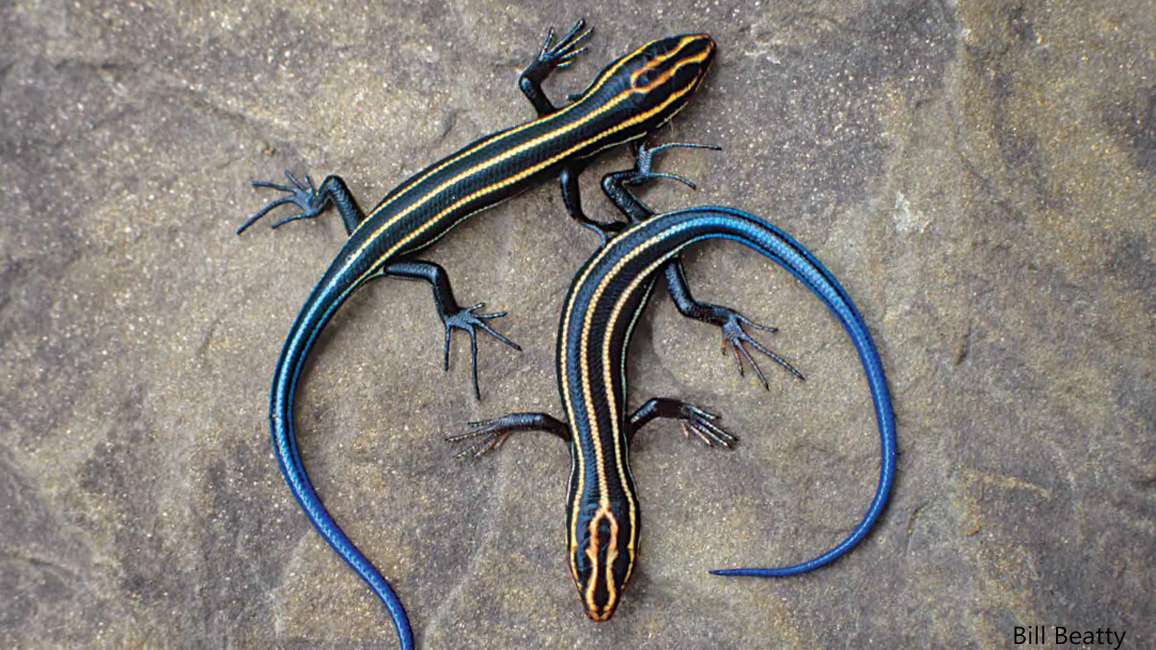
Backyard Wildlife: Skinks
By Ellen LambethWhat’s long, scaly, and sleek but not a snake? A skink!
Of all the lizards in the world, quite a lot of them are skinks. There are more than 1,500 kinds of skinks across the globe. So surely there is one kind or another in a neighborhood near you.
As you can see here, a typical skink has a slim, slinky body with a pointy head, short legs, and a long tail.
So what’s up with the bright-blue tails? That tells you these are young skinks. A colorful tail on some kinds of skinks may be the first thing a hungry skink-eater (such as a hawk or fox) notices. If it goes in for the grab, the tail can break off. During the confusion, the main meal escapes, leaving behind only a twitchy tail. Later on, the skink just grows a new tail.
VIDEO: WATCH A SKINK IN ACTION!
BACKYARD TIPS
- Look for skinks during daytime, when they’re scrounging for food: mostly insects and other creepy-crawlies.
- Look quickly! If a skink notices you first, it can dart away and hide faster than you can blink.
- Provide places for skinks to hide, such as loose piles of rocks, sticks, or leaves.
- Don’t look for skinks during hot or bad weather. They’ll be hiding out. And they hibernate during winter.
- Watch for skinks out sunning themselves on rocks and logs or on garden fences, walls, and patios.
- Avoid using chemicals in your yard. And keep pet cats indoors.
MAKE IT! Can you really eat a skink? Sure—if it’s the soft pretzel kind. Here’s how to make one!





